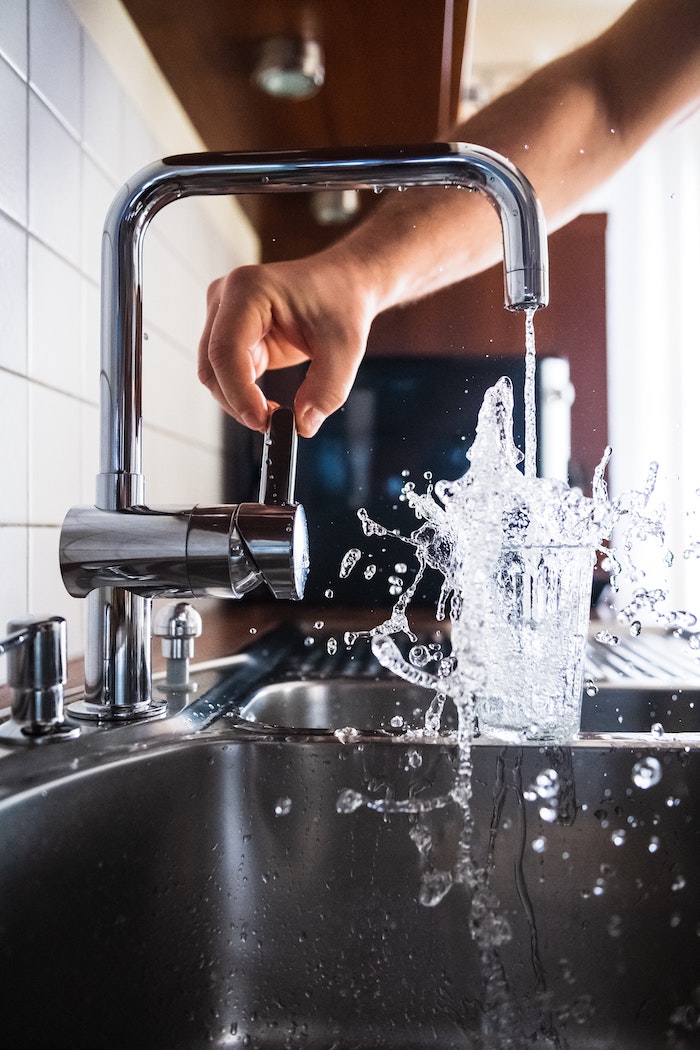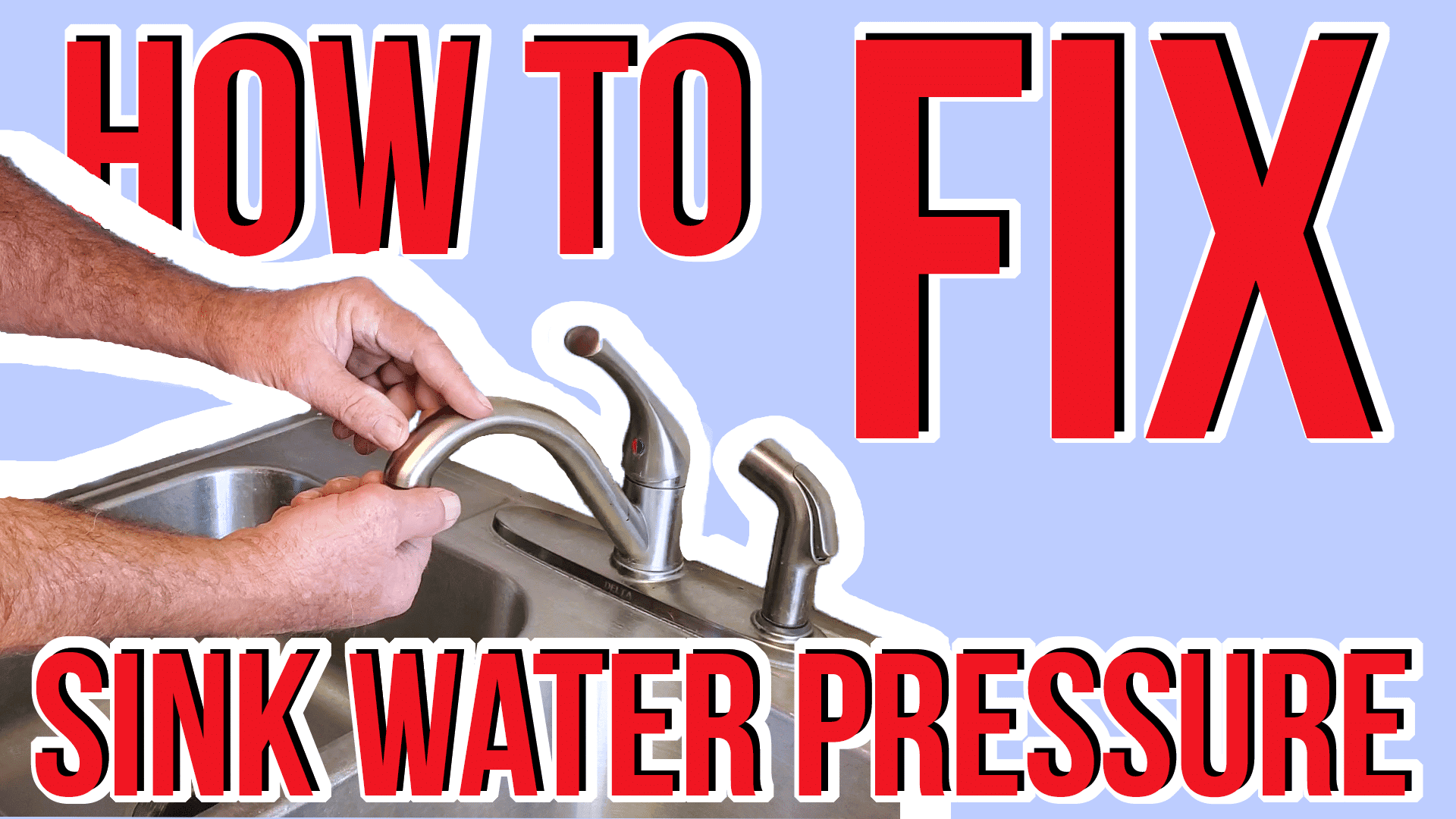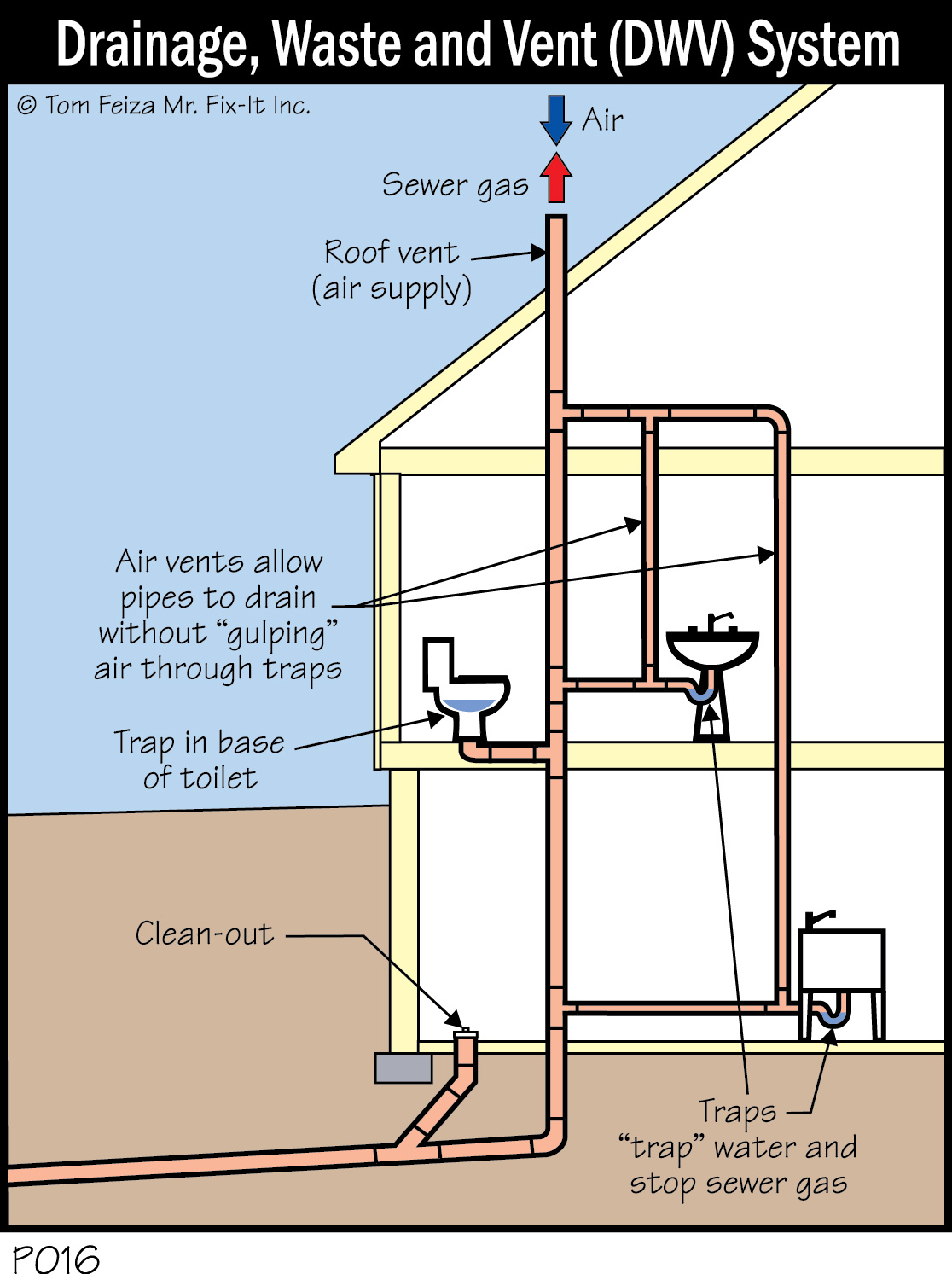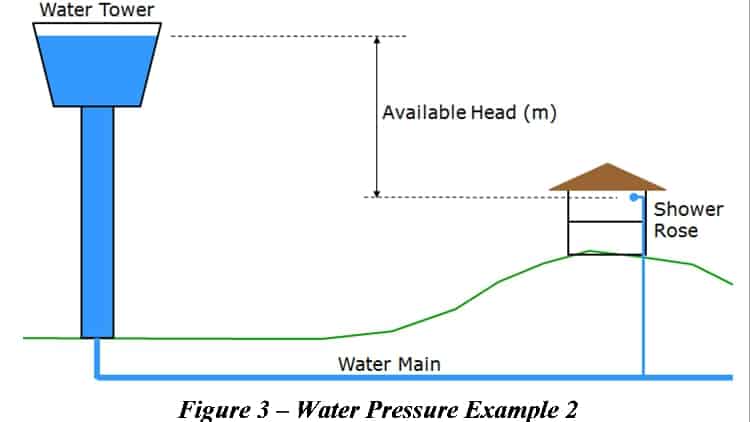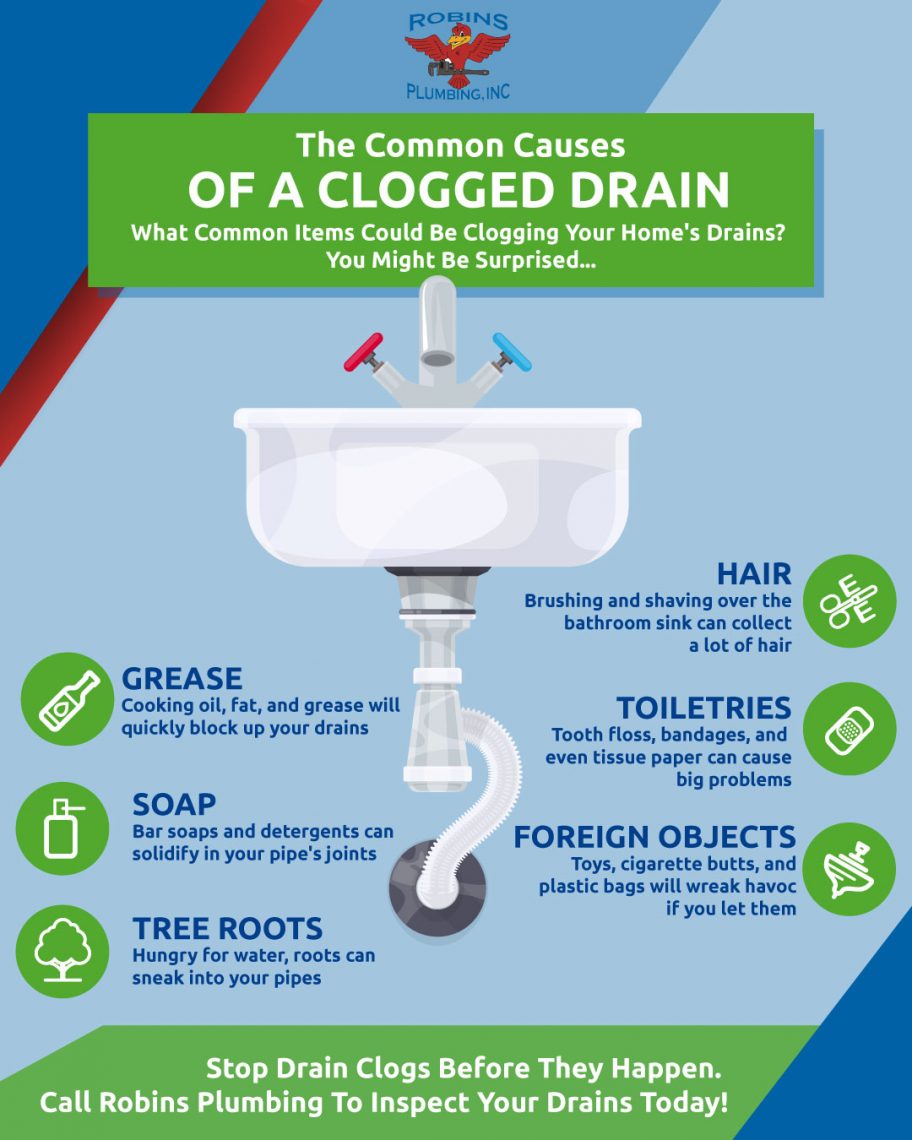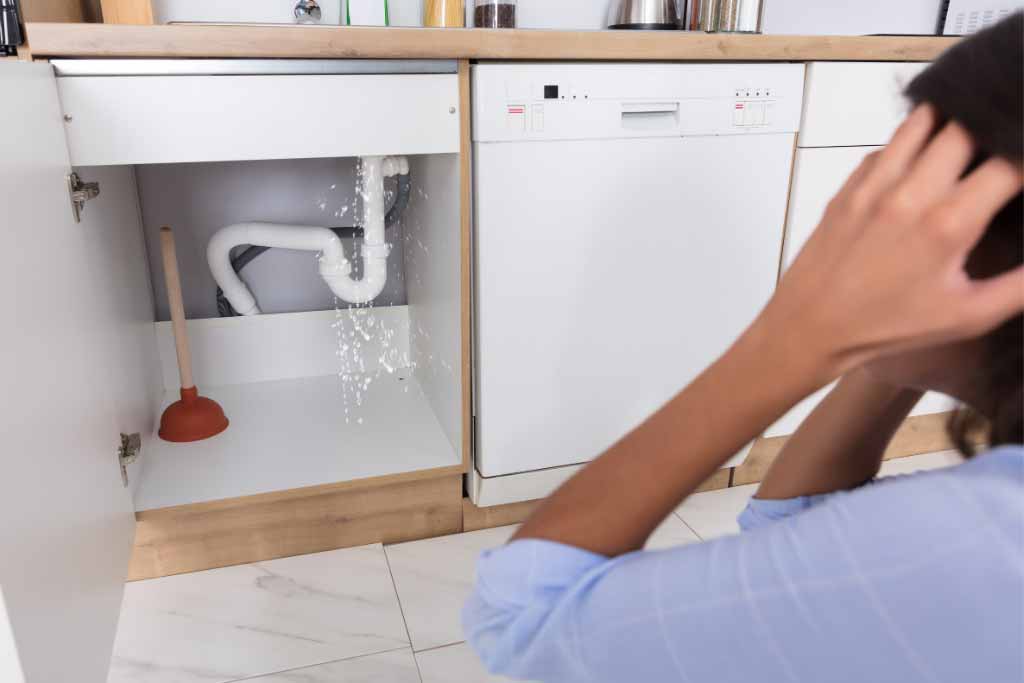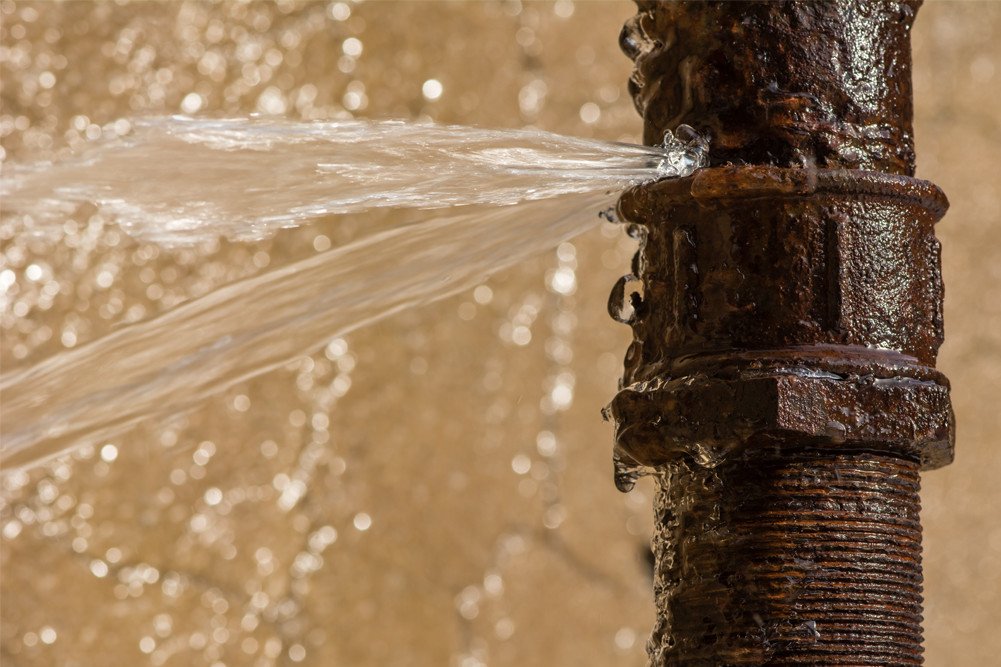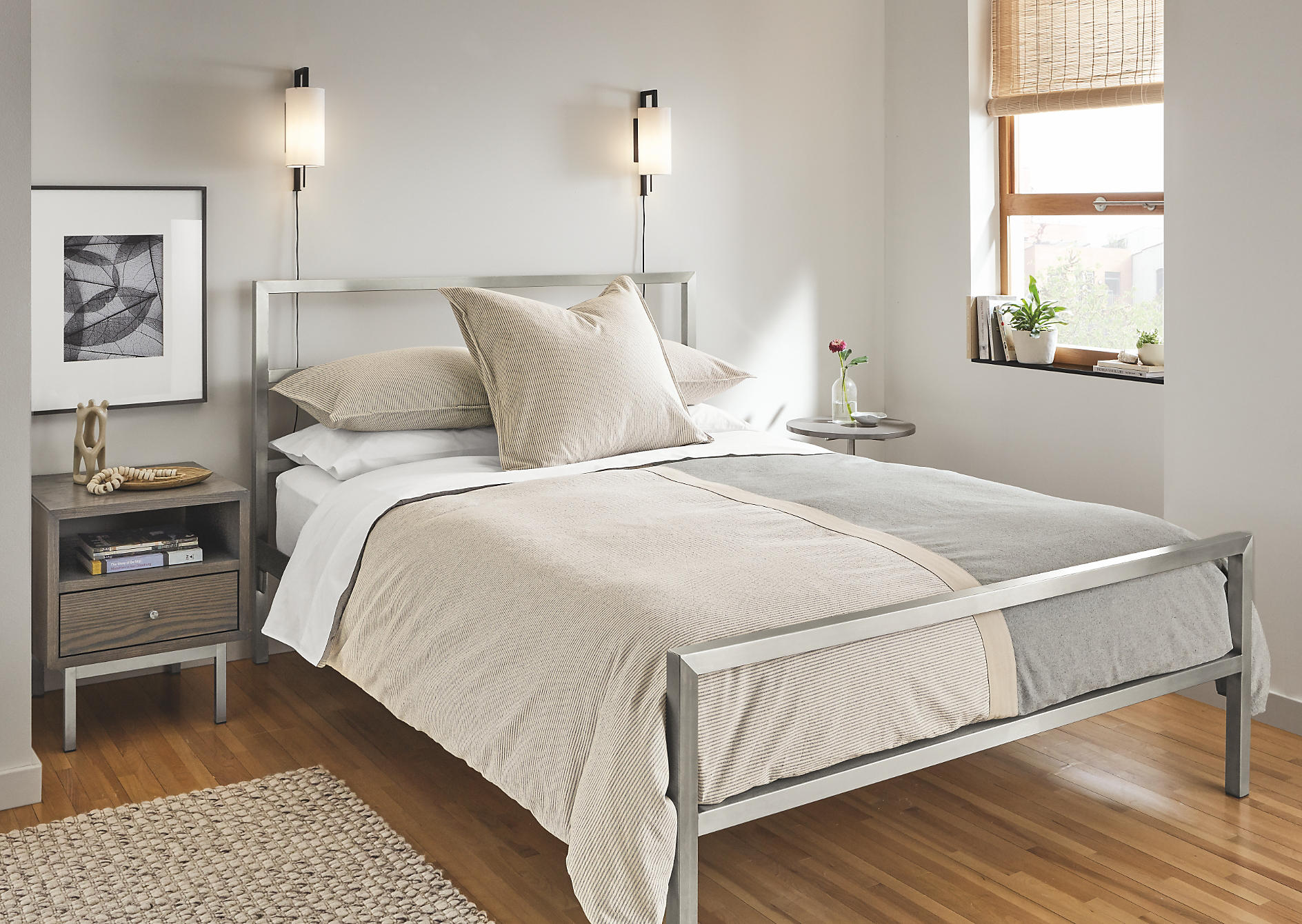Dealing with low water pressure in your bathroom sink can be a frustrating problem. It can make simple tasks like washing your hands or brushing your teeth a time-consuming and inefficient process. If you're experiencing a loss of pressure in your bathroom sink, don't worry – there are several troubleshooting steps you can take to fix the issue. Troubleshooting Low Water Pressure in Your Bathroom Sink
Before you can address the problem, it's important to understand what might be causing the low water pressure in your bathroom sink. Some common causes include clogged aerators, mineral buildup in pipes, or a faulty shut-off valve. Once you've identified the cause, you can try one of these DIY solutions to fix the issue. How to Fix Low Water Pressure in Your Bathroom Sink
As mentioned before, there can be several reasons why your bathroom sink is experiencing a loss of pressure. One of the most common causes is a clogged aerator, which is the small screen at the end of your faucet. This can become clogged with mineral deposits or debris, restricting the flow of water. Another cause could be mineral buildup in your pipes, which can occur over time and reduce water flow. Lastly, a faulty shut-off valve can also be the culprit, as it may not be fully open or may have become stuck over time. Causes of Low Water Pressure in Bathroom Sink
If the cause of your low water pressure is a clogged aerator, you can easily fix this by unscrewing the aerator from the faucet and cleaning it with a mixture of water and vinegar. For mineral buildup in pipes, you can try using a pipe-cleaning solution or hiring a professional plumber to clean the pipes. If the issue is a faulty shut-off valve, you may need to replace it or call a plumber for assistance. How to Increase Water Pressure in Bathroom Sink
Aside from the causes mentioned above, there are a few other common reasons for a loss of pressure in your bathroom sink. These include a leak in the water supply line, a damaged pressure regulator, or a problem with your water heater. It's important to address these issues promptly to avoid further damage and costly repairs. Common Reasons for Loss of Pressure in Bathroom Sink
If you're a handy person and want to try fixing the problem yourself, there are a few DIY solutions you can try. As mentioned before, you can clean the aerator or use a pipe-cleaning solution to remove mineral buildup. You can also check the shut-off valve to make sure it's fully open and functioning properly. If you're unsure of how to do these tasks, it's best to call a professional plumber to avoid causing further damage. DIY Solutions for Low Water Pressure in Bathroom Sink
If the DIY solutions don't work or you're not comfortable attempting them, it's best to call a professional plumber for assistance. They have the knowledge and tools to identify and fix the cause of your low water pressure efficiently and effectively. It may cost more upfront, but it can save you time and hassle in the long run. Professional Plumbing Services for Low Water Pressure in Bathroom Sink
To prevent future issues with low water pressure in your bathroom sink, there are a few tips you can follow. Regularly clean the aerator and pipes to prevent buildup, check and maintain the shut-off valve, and be mindful of how much water you're using at one time. It's also important to have your plumbing system inspected by a professional periodically to catch any potential issues before they become major problems. Tips for Maintaining Water Pressure in Bathroom Sink
To better understand and troubleshoot low water pressure in your bathroom sink, it's helpful to have a basic understanding of the water pressure system. In most homes, the water pressure is controlled by a pressure regulator, which is usually located near the main water supply. This regulator helps maintain a consistent water pressure throughout the house. If you suspect an issue with the regulator, it's best to call a professional for assistance. Understanding the Water Pressure System in Your Bathroom Sink
In some cases, low water pressure in your bathroom sink could be a sign of a larger plumbing issue. If you've tried all the troubleshooting steps and the problem persists, it's best to call a professional plumber to inspect your plumbing system. They can identify and fix any underlying issues, such as a leak or damaged pipes, to restore water pressure in your bathroom sink. Signs of a Larger Plumbing Issue Causing Loss of Pressure in Bathroom Sink
Why is There a Loss of Pressure in Your Bathroom Sink?

Understanding the Problem
 Loss of pressure in the bathroom sink
can be a frustrating and common issue for many homeowners. You turn on the faucet, expecting a strong and steady flow of water, but instead, you are met with a weak and barely noticeable trickle. This can not only disrupt your daily routine but also indicate a larger problem with your plumbing system. Understanding the possible causes of
loss of pressure in your bathroom sink
can help you address the issue and restore your sink to its full functionality.
Loss of pressure in the bathroom sink
can be a frustrating and common issue for many homeowners. You turn on the faucet, expecting a strong and steady flow of water, but instead, you are met with a weak and barely noticeable trickle. This can not only disrupt your daily routine but also indicate a larger problem with your plumbing system. Understanding the possible causes of
loss of pressure in your bathroom sink
can help you address the issue and restore your sink to its full functionality.
Possible Causes
 There are several reasons why you may be experiencing a
loss of pressure
in your bathroom sink. One common cause is a clogged aerator. The aerator is the screen at the end of the faucet that helps regulate the flow of water and prevent splashing. Over time, it can become clogged with mineral deposits, debris, or sediment, obstructing the water flow. Another possible cause is a clogged or damaged pipe. If there is a blockage or leak in the pipe leading to your bathroom sink, it can significantly affect the water pressure. Additionally, old or corroded pipes can restrict the flow of water, resulting in
loss of pressure
.
There are several reasons why you may be experiencing a
loss of pressure
in your bathroom sink. One common cause is a clogged aerator. The aerator is the screen at the end of the faucet that helps regulate the flow of water and prevent splashing. Over time, it can become clogged with mineral deposits, debris, or sediment, obstructing the water flow. Another possible cause is a clogged or damaged pipe. If there is a blockage or leak in the pipe leading to your bathroom sink, it can significantly affect the water pressure. Additionally, old or corroded pipes can restrict the flow of water, resulting in
loss of pressure
.
Fixing the Issue
 Fortunately, there are several solutions to address a
loss of pressure
in your bathroom sink. If the aerator is the culprit, it can be easily removed and cleaned. Soaking it in a solution of vinegar and water can help dissolve any mineral deposits and restore its functionality. If the issue lies with the pipes, it may require the help of a professional plumber. They can inspect the pipes and determine if there is a clog or if they need to be replaced. They may also recommend installing a water pressure regulator to help maintain consistent water pressure throughout your home.
Fortunately, there are several solutions to address a
loss of pressure
in your bathroom sink. If the aerator is the culprit, it can be easily removed and cleaned. Soaking it in a solution of vinegar and water can help dissolve any mineral deposits and restore its functionality. If the issue lies with the pipes, it may require the help of a professional plumber. They can inspect the pipes and determine if there is a clog or if they need to be replaced. They may also recommend installing a water pressure regulator to help maintain consistent water pressure throughout your home.
Preventing Future Problems
 To avoid future
loss of pressure
in your bathroom sink, it's important to take preventative measures. Regularly cleaning the aerator and flushing out your pipes can help prevent clogs and maintain water flow. It's also essential to be mindful of what you put down your sink drain. Avoid pouring grease, food scraps, or other debris that can cause clogs. Additionally, consider upgrading to newer, more efficient pipes to prevent corrosion and maintain water pressure.
In conclusion,
loss of pressure in your bathroom sink
can be a frustrating issue, but it is not a problem that can't be fixed. By understanding the possible causes and taking preventative measures, you can keep your bathroom sink functioning properly and avoid any future plumbing disasters.
To avoid future
loss of pressure
in your bathroom sink, it's important to take preventative measures. Regularly cleaning the aerator and flushing out your pipes can help prevent clogs and maintain water flow. It's also essential to be mindful of what you put down your sink drain. Avoid pouring grease, food scraps, or other debris that can cause clogs. Additionally, consider upgrading to newer, more efficient pipes to prevent corrosion and maintain water pressure.
In conclusion,
loss of pressure in your bathroom sink
can be a frustrating issue, but it is not a problem that can't be fixed. By understanding the possible causes and taking preventative measures, you can keep your bathroom sink functioning properly and avoid any future plumbing disasters.


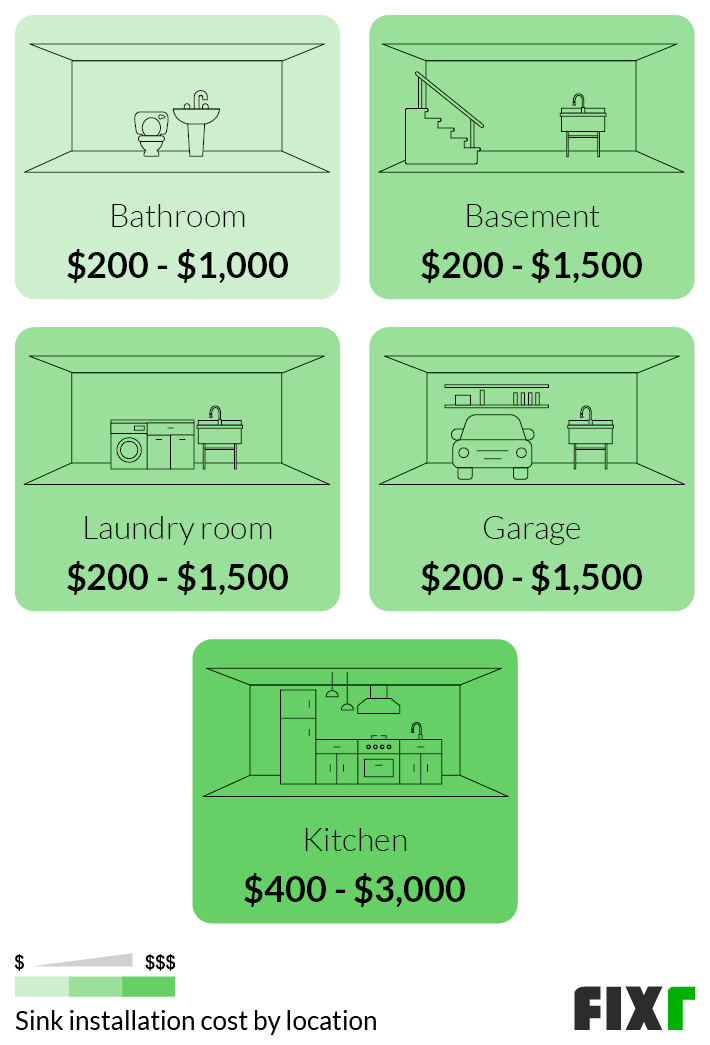





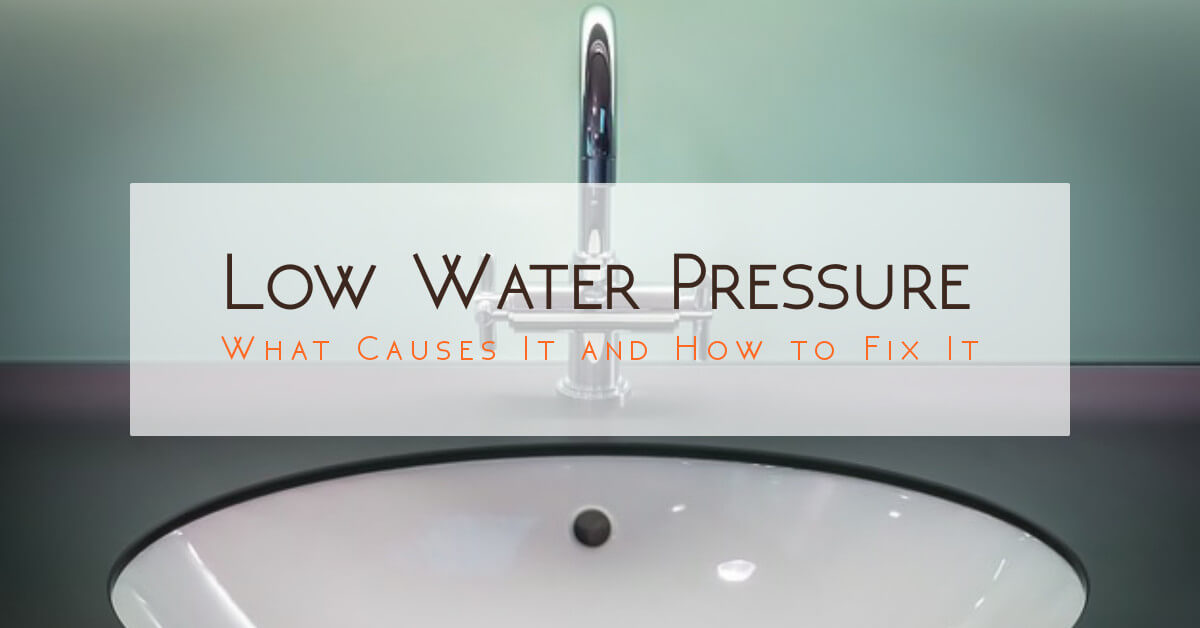




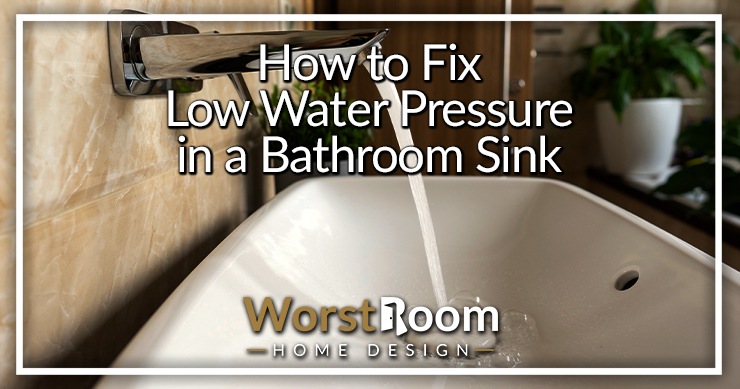










:max_bytes(150000):strip_icc()/the-men-s-hand-opens-the-ball-valve-on-the-collector-1006810456-5c5fc73fc9e77c000159c4af.jpg)

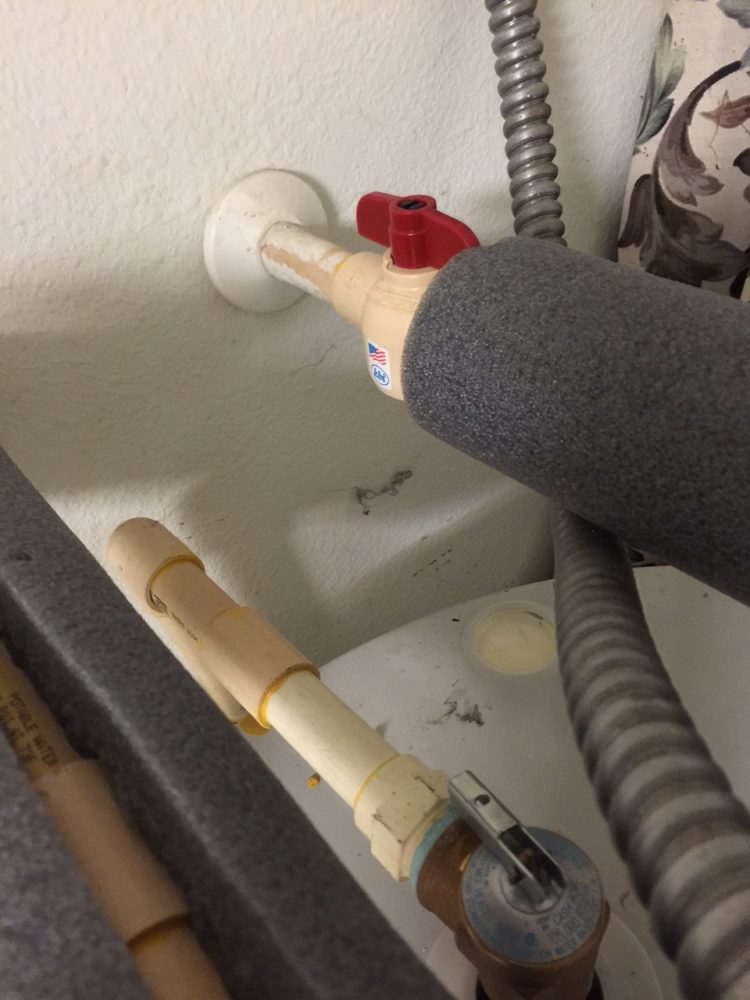


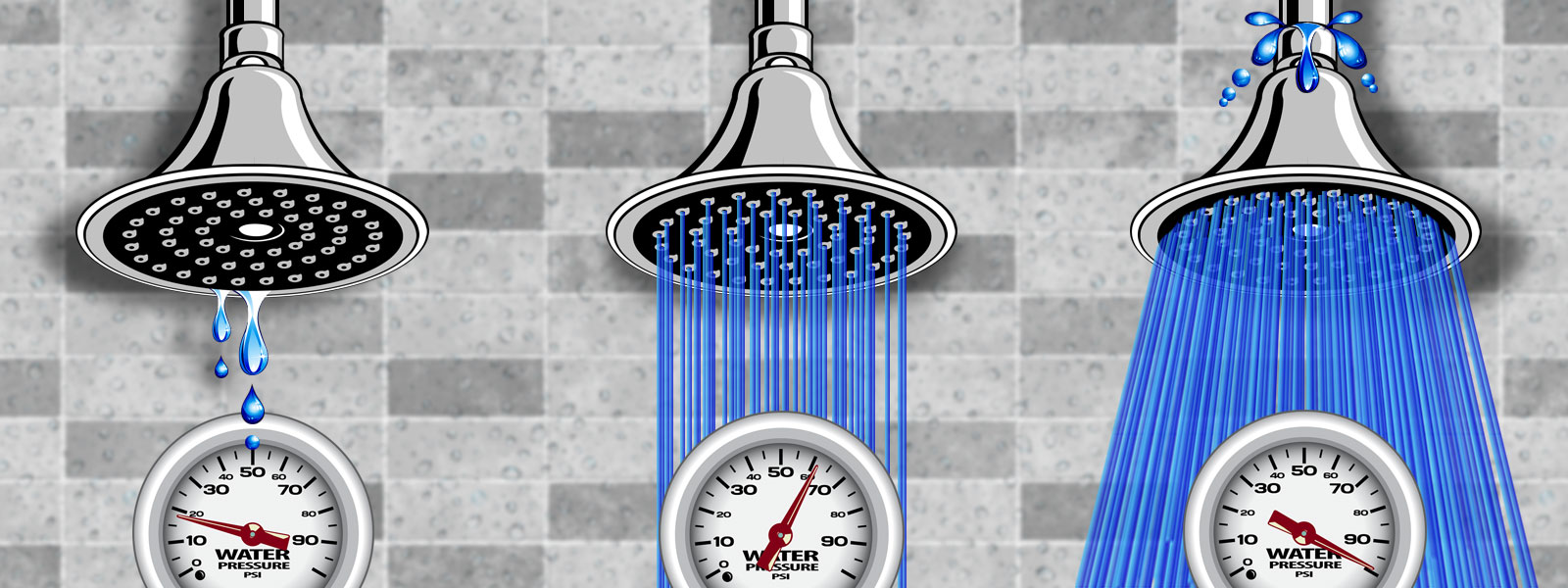

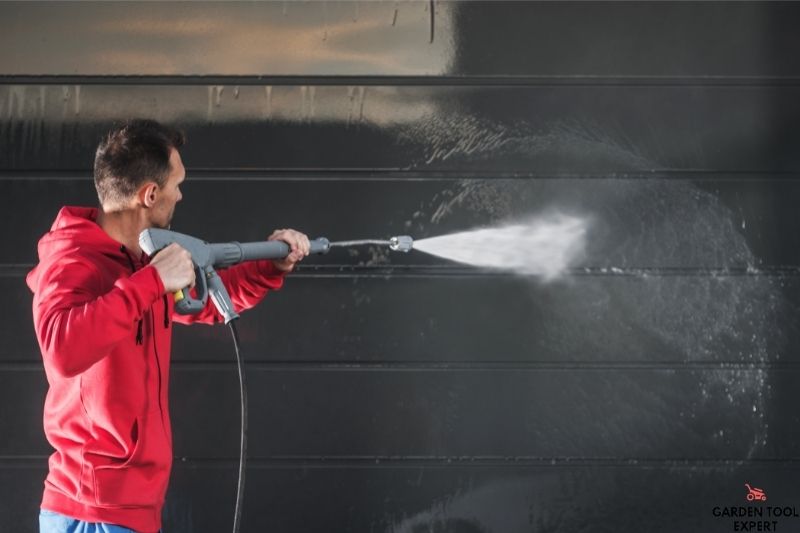

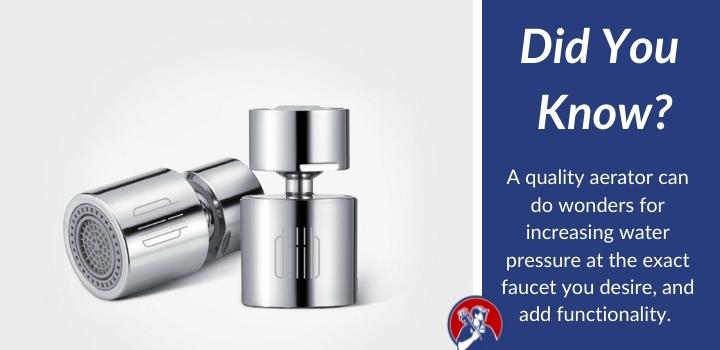



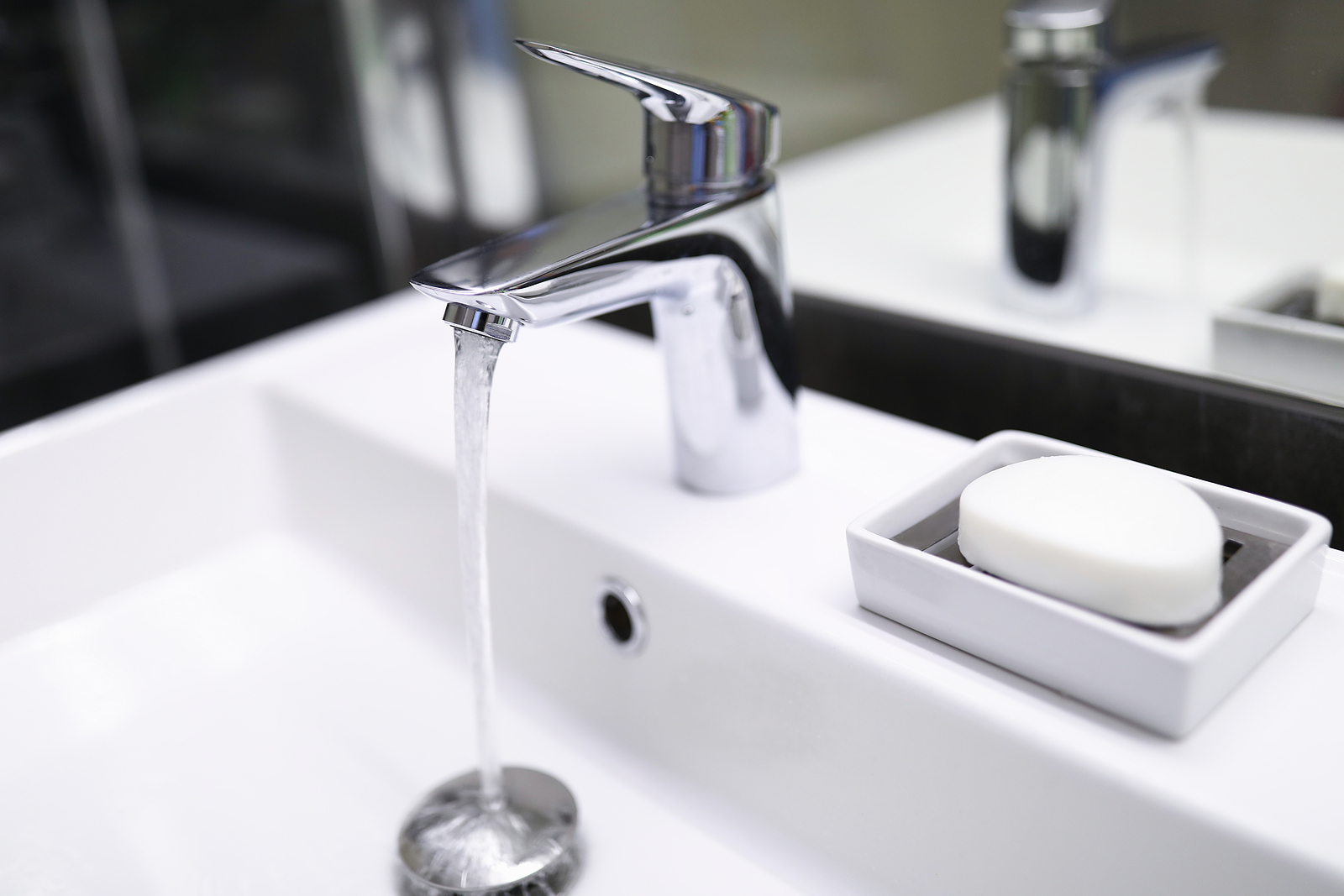

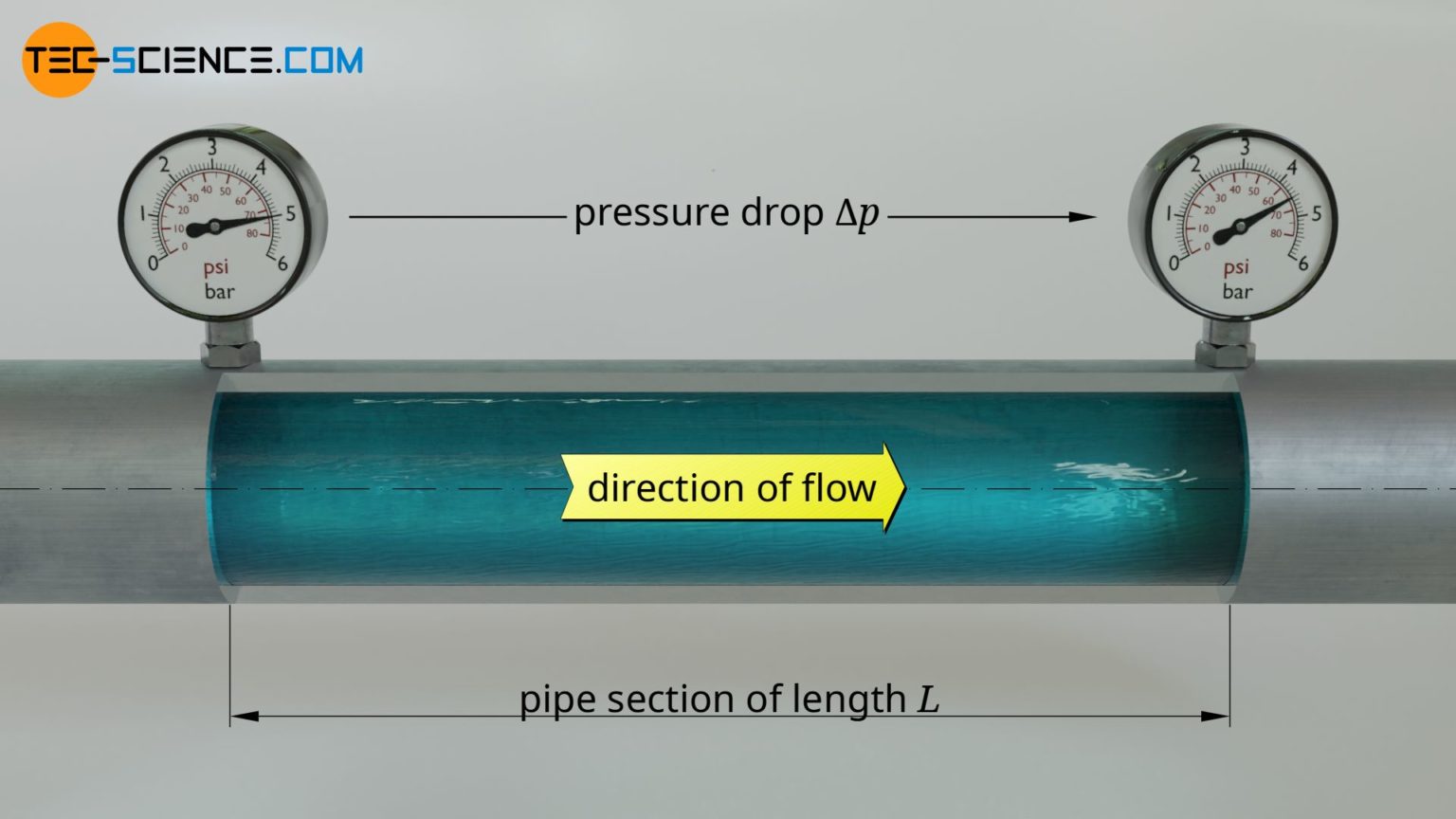






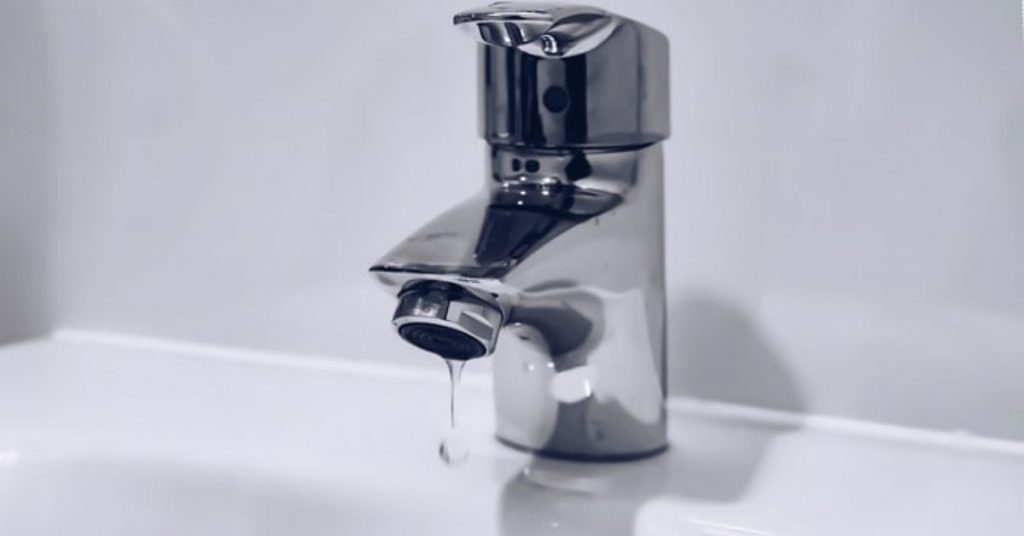


/low-water-pressure-2718732-05-99eb1816e88841c593aeeaaaf330085b.jpg)
